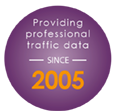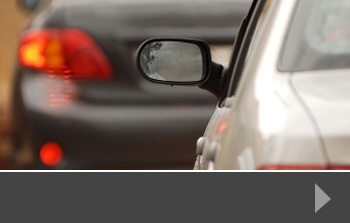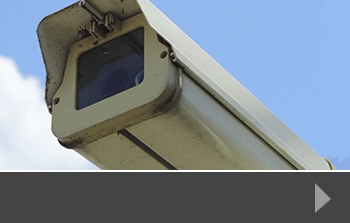Government proposes new plans for smart motorways
In the long-running saga of safety on the UK’s motorway network, the government recently announced that any new smart motorways must have radar technology in place to make sure that any vehicles that are broken down in the hard shoulder lane can be spotted and assisted.
The announcement comes after a campaign by families who have lost loved ones in accidents on smart motorways, supported by road safety charities and politicians. In addition to ensuring the technology is installed on new stretches of smart motorway, Transport Minister Grant Shapps has also pledged that existing smart motorways will be retrofitted with the technology by September 2022.
Cameras and fines for motorists
One of the key areas of concern for people who oppose smart motorways is the fact that some drivers ignore the red ‘X’ sign which indicates that a lane is closed. In the instance of a car being stopped on the hard shoulder when that lane is being actively used, the ‘X’ sign is intended to prevent traffic from travelling in the lane. When the signs are ignored, accidents are more likely to happen.
That’s why Highways England has said it will also upgrade cameras to capture images of those motorists who ignore the signs. It will then prosecute those motorists, hoping to create a safer driving environment.
Adding emergency refuge areas
Part of the safety planning of smart motorways is for safety refuge areas that can be brought into use when the hard shoulder is being used as an active lane. According to the AA, more refuge areas are required, so that it is easier for a vehicle in trouble to get off the main lane of the motorway. Recently, it has been agreed that refuge areas will be at one-mile intervals but many campaigners think this isn’t enough.
Reducing congestion
The idea behind smart motorways is to reduce congestion – something that is a problem not just on motorways but on much of the UK’s road network. As lockdown restrictions ease and people begin travelling again to work, shop or leisure activities, we are expecting roads to become more congested. And congestion – or frustration with it – is often what leads to road traffic accidents.
Any measures to combat congestion are good for safety, journey times and air quality. That’s why we are dedicated to providing the data that helps traffic planners and developers make the best plans for local communities and the wider environment. At Road Data Services, we use traffic surveys, ANPR surveys, journey time surveys and more to collect precise data that informs better decisions.
To find out more, contact us today.















